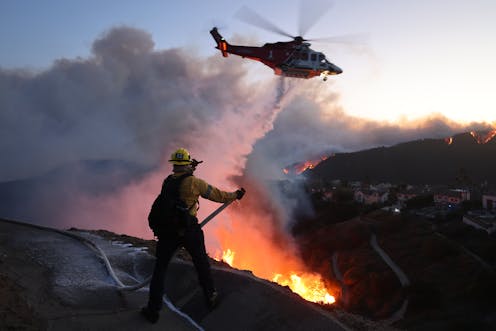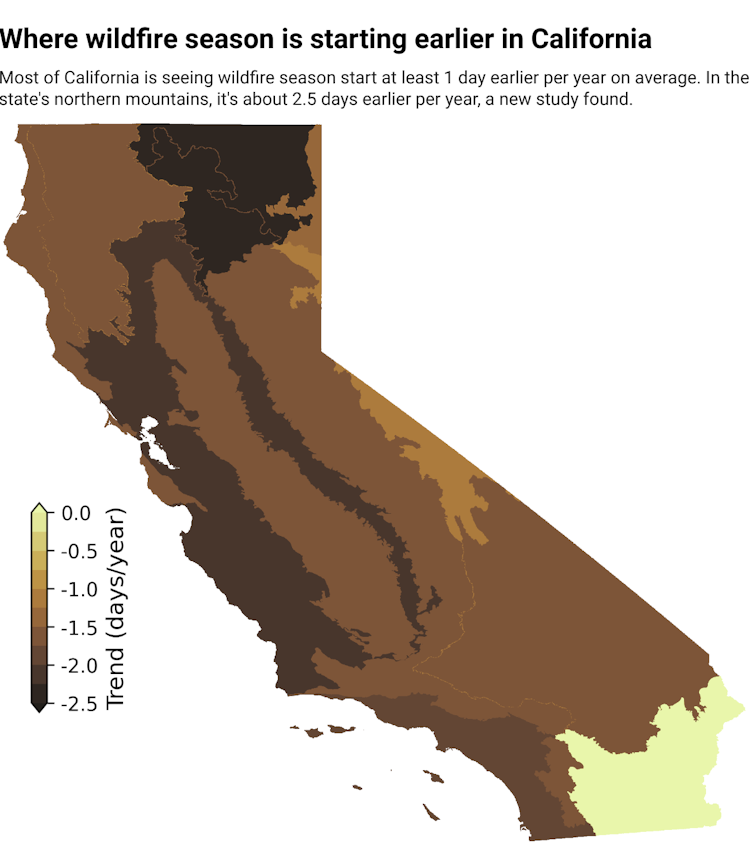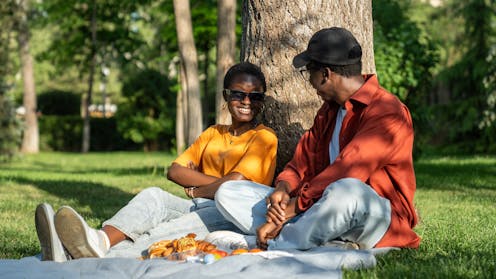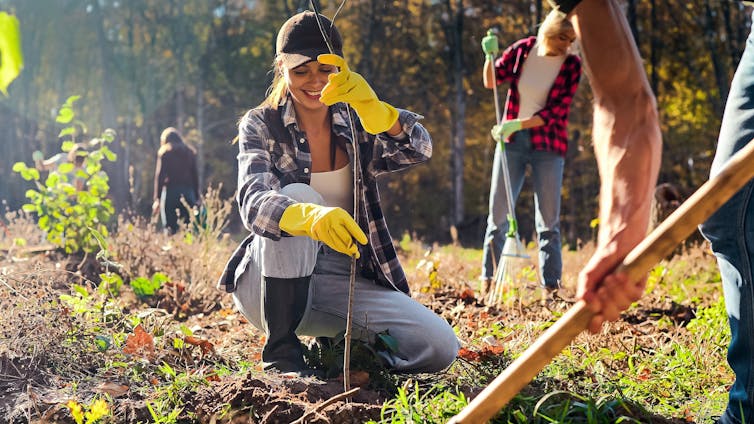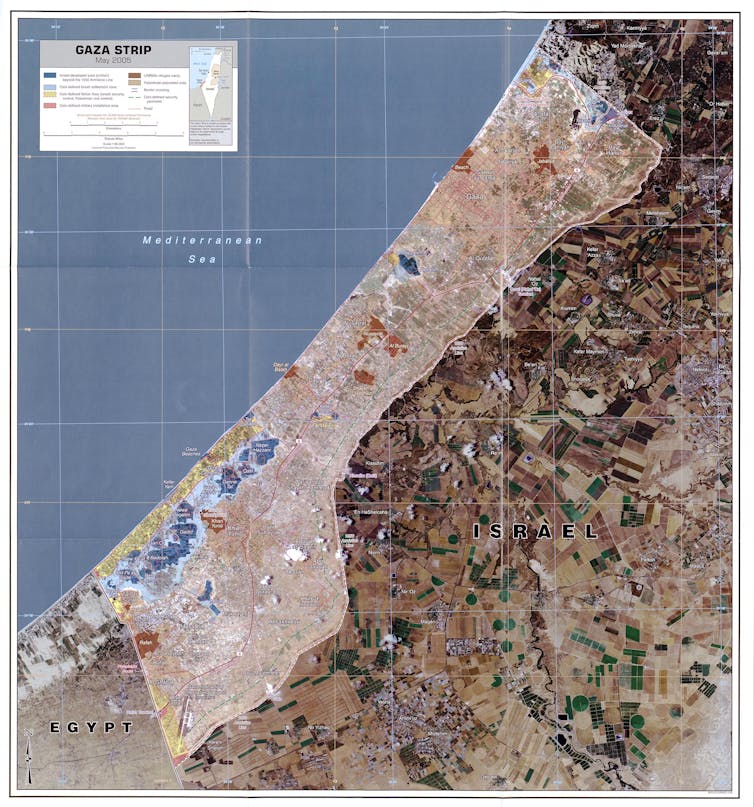Source: The Conversation – (in Spanish) – By Waya Quiviger, Professor of Practice of Gobal Governance and Development, IE University
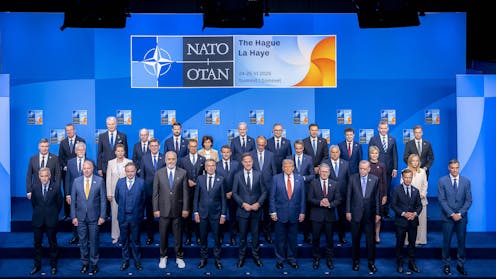
Muchas voces, incluido el sitio web oficial de comunicaciones de la Organización del Tratado del Atlántico Norte (OTAN), han calificado la cumbre de la OTAN celebrada en junio como “histórica”, debido sobre todo al compromiso de los Estados miembros principales de aumentar el gasto en defensa hasta el 5 % del PIB para 2035, lo que supone un cambio significativo con respecto al objetivo actual del 2 %.
El presidente de Estados Unidos, Donald Trump, desempeñó un papel clave en la promoción de este aumento y ha calificado la cumbre como un gran éxito en materia de política exterior. “Creo que es una gran victoria para todos y que ahora estaremos en igualdad de condiciones”, declaró Trump sobre el nuevo compromiso de gasto.
Sin embargo, solo unos días antes, la negativa categórica de España a cumplir el objetivo del 5 % había amenazado con descarrilar la cumbre. Aunque España acabó firmando el comunicado final, consiguió una concesión especial del secretario general de la OTAN, Mark Rutte, que le permite aumentar su gasto militar hasta solo el 2,1 % del PIB por ahora.
España tendrá flexibilidad para evaluar si puede cumplir el objetivo del 5 %, que se revisará en 2029 (una vez que Trump ya no esté en el cargo). Pedro Sánchez afirmó que el acuerdo permite al país cumplir sus obligaciones con la OTAN sin necesidad de aumentar las inversiones.
La rebeldía de Sánchez irritó enormemente a Trump, que no dudó en reprender públicamente a España: “Quieren un poco de ventaja… pero no voy a permitirlo”.
La negativa del Gobierno español se produce en un contexto de crecientes tensiones entre la UE y EE. UU., con Trump amenazando con aranceles para que los miembros de la OTAN se ajusten a sus exigencias. Tras la cumbre de la organización celebrada en junio, afirmó: “Estamos negociando un acuerdo comercial con España. Vamos a hacerles pagar el doble”.
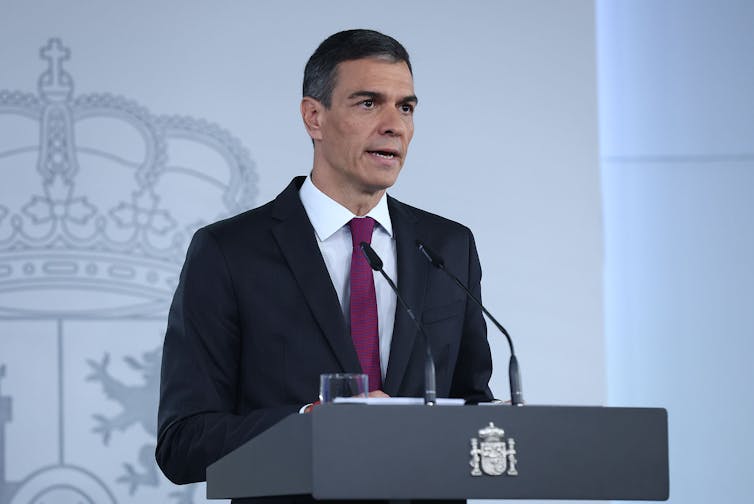
La Moncloa/Fernando Calvo
Resistencia al objetivo del 5 %
Durante décadas, el objetivo de gasto en defensa de la OTAN se situó en el 2 % del PIB, una meta que muchos miembros tuvieron dificultades para alcanzar. El nuevo objetivo del 5 %, introducido por la Administración estadounidense en un contexto de crecientes amenazas geopolíticas, fue respaldado por los principales Estados europeos, que lo consideran necesario para contrarrestar la agresión rusa y modernizar las fuerzas aliadas.
Pero para España, que actualmente destina algo menos del 1,3 % del PIB a defensa (el porcentaje más bajo de la OTAN), el salto al 5 % no solo es insostenible desde el punto de vista financiero, sino también tóxico desde el punto de vista político. La principal razón del desacuerdo de España es interna. La coalición de centroizquierda de Sánchez incluye al partido de izquierda Podemos, así como a varios partidos regionales independentistas opuestos a la militarización.
Además, el aumento del gasto en defensa no es popular entre la población en general. Los españoles preferirían que el Gobierno se centrara en cuestiones de seguridad en el flanco sur, con prioridades clave como la migración y la inestabilidad en el Sahel. El marco del 5 %, tal y como se ha presentado, refleja una percepción de la amenaza centrada en Rusia que no comparten la mayoría de la población. Para ellos, la guerra de Ucrania es demasiado lejana.
España sostiene que el reto no es gastar más, sino gastar de forma más inteligente e innovadora. Según informó InfoDefensa, los responsables españoles aprovecharon la cumbre de la OTAN para subrayar que no todas las amenazas pueden abordarse con “fragatas y armamento”. Sin duda, el Gobierno español no pasa por alto la ironía de que Estados Unidos exija un 5 % a los aliados de la OTAN, pero solo haya gastado el 3,4 % de su propio PIB en 2024.
Leer más:
El gasto en defensa de España y sus diferencias con EE. UU.
España no es el único escéptico entre las filas de la OTAN. Eslovaquia, aunque menos explícita, también ha mostrado ambigüedad hacia el umbral del 5 %. El presidente Peter Pellegrini respaldó formalmente el objetivo en La Haya, aunque solo unos días antes de la cumbre de la OTAN, el primer ministro Robert Fico declaró que “la neutralidad le conviene a Eslovaquia”.
Bélgica también ha expresado su preocupación por la viabilidad del objetivo del 5 %. El primer ministro Bart de Wever declaró que un 3,5 % en un plazo de diez años era un objetivo más realista.
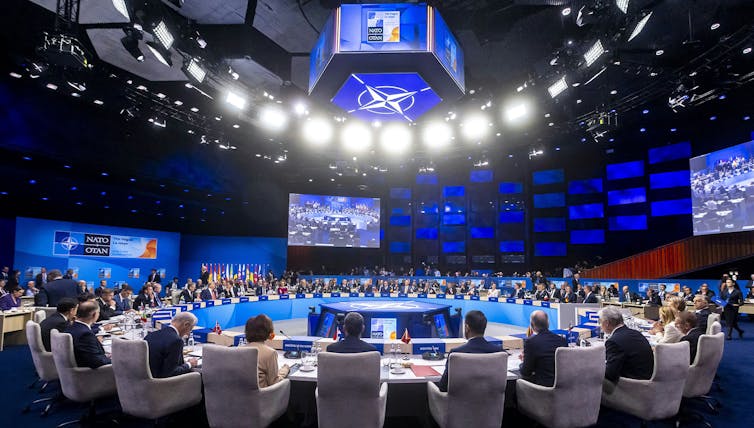
OTAN
Las divisiones internas de la OTAN
Estas reservas reflejan divisiones más amplias entre los miembros de la OTAN, tanto de alcance geográfico como económico.
Los Estados del este de la OTAN, como Polonia y los países bálticos, impulsados por una aguda percepción de la amenaza rusa, consideran que un mayor gasto militar es una cuestión existencial. Los Estados del sur y el oeste, entre ellos España, Italia y Bélgica, se centran más en la autonomía estratégica, las amenazas híbridas y la necesidad de una postura de defensa multipolar. Eslovaquia, aunque es un país del este y comparte frontera con Ucrania, sorprendentemente parece más cercana a la mentalidad de España que a la de Polonia.
En el frente económico, algunas economías de la UE tienen deudas galopantes que van desde el 105 % del PIB en Bélgica, el 113 % en Francia, hasta un abrumador 135 % en Italia. En este contexto, destinar el 5 % del PIB a defensa parece una propuesta política inviable, ya que se verían obligados a recortar el gasto en servicios sociales como la sanidad y la educación. Aunque firmaron el compromiso del 5 %, muchos aliados de la OTAN admiten en privado que nunca lo cumplirán.
El Centro de Estudios Estratégicos e Internacionales describió el compromiso como “en gran medida simbólico”, argumentando que representa poco más que “Europa doblegándose” ante Washington, en lugar de un ajuste estratégico bien calibrado.
Los aliados de la OTAN tuvieron que mostrar un frente unido en la cumbre, lo que significó que los miembros no criticaron abiertamente la posición de Sánchez. La única excepción fue Polonia, cuyo ministro de Defensa, Wladyslaw Kosiniak-Kamysz, declaró al Financial Times que “hacer excepciones es perjudicial para la unidad de la Alianza”.
¿Qué vendrá después?
La rebeldía de España podría marcar la pauta. Aunque ningún otro país ha ido tan lejos como Madrid en su rechazo público al objetivo del 5 %, el escepticismo abunda a puerta cerrada. Italia y Bélgica siguen muy por debajo de los umbrales de gasto actuales de la OTAN, e incluso Alemania, a pesar de los recientes aumentos, ha expresado sus reservas sobre la posibilidad de aumentar indefinidamente su presupuesto de defensa. Las discrepancias en el cumplimiento del objetivo probablemente agravarán las tensiones dentro de la alianza y con Estados Unidos.
Como mínimo, la postura de España ha obligado a la alianza a aceptar una simple realidad: la unidad, bajo presión, es más complicada que nunca.
![]()
Waya Quiviger no recibe salario, ni ejerce labores de consultoría, ni posee acciones, ni recibe financiación de ninguna compañía u organización que pueda obtener beneficio de este artículo, y ha declarado carecer de vínculos relevantes más allá del cargo académico citado.
– ref. La OTAN está muy dividida, pero ¿por qué España es su miembro más abiertamente crítico? – https://theconversation.com/la-otan-esta-muy-dividida-pero-por-que-espana-es-su-miembro-mas-abiertamente-critico-262651



